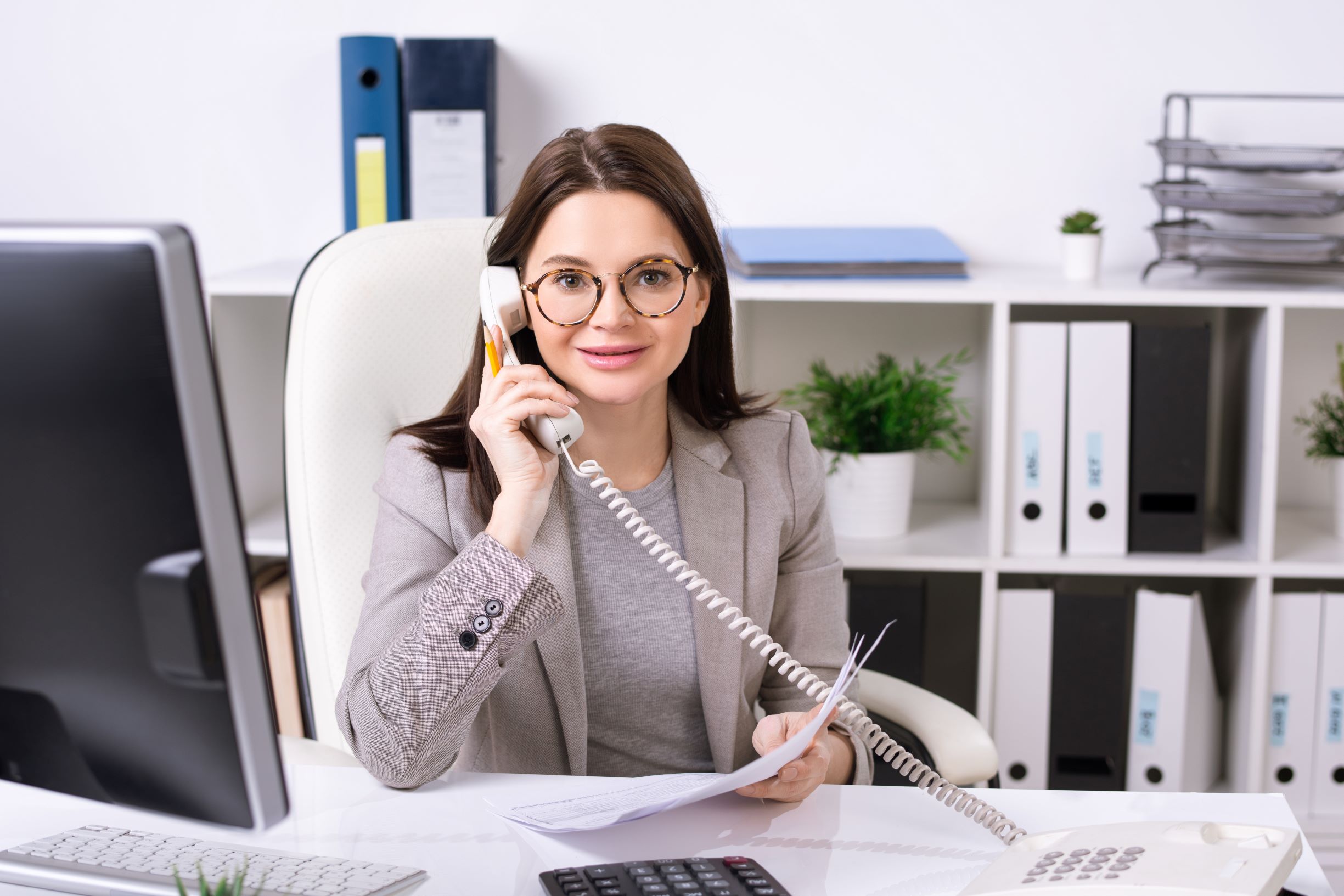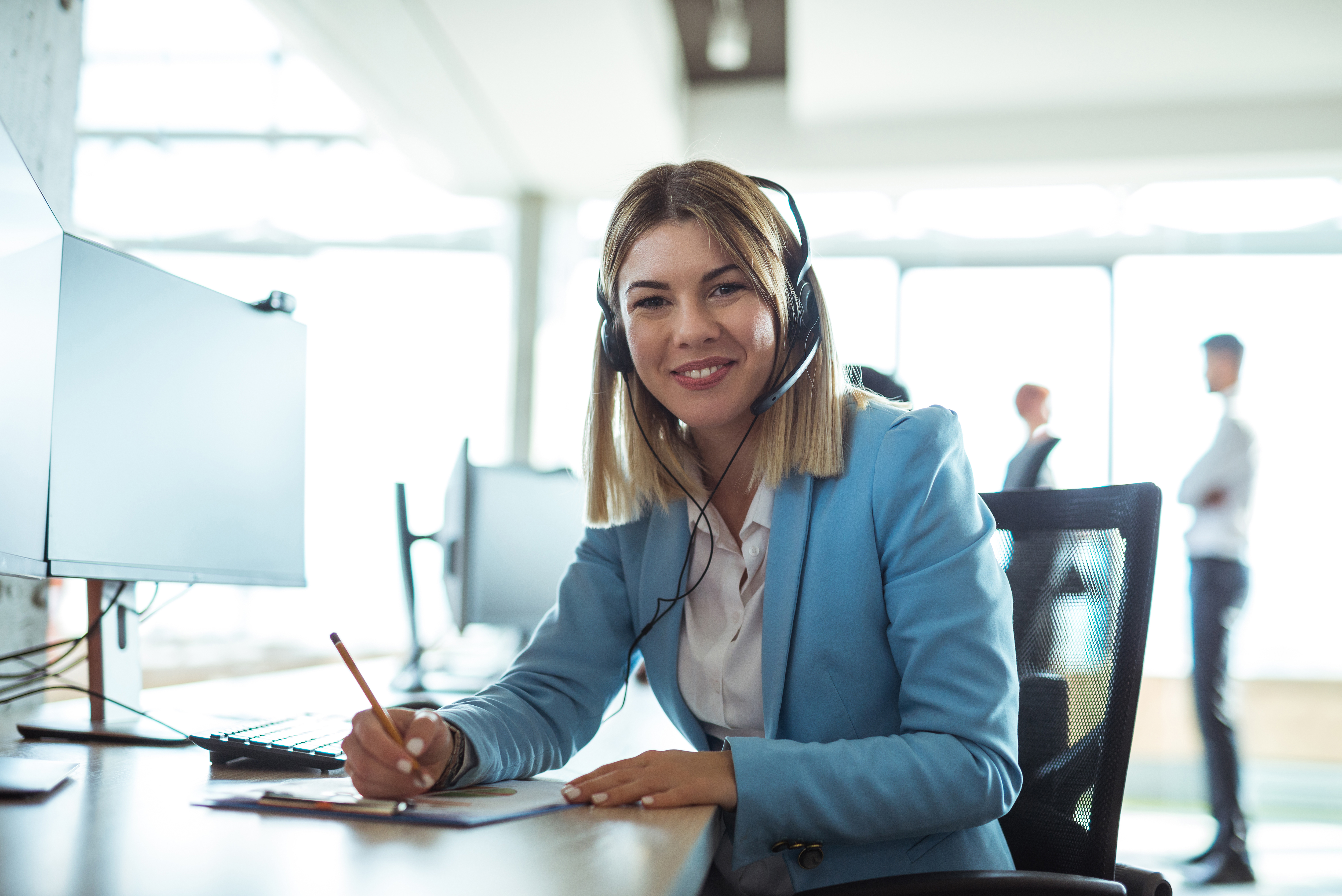All Categories
Featured
Table of Contents
- – Who Is The Best Call Service: 24/7 Live Phone A...
- – A Better What Are Call Answering Services? - E...
- – When Are Best Live Answering Services - Austra...
- – Which Is The Best Call Service: 24/7 Live Pho...
- – Who Makes The Best 9 Best Answering Service P...
- – Best What Is A Phone Answering Service? Shop...
Who Is The Best Call Service: 24/7 Live Phone Answering Services For Small ... Service
This gadget and its successors were created by Sava Jacobson, an electrical engineer with a private consulting business. While early answering makers utilized magnetic tape innovation, many modern devices uses solid state memory storage; some devices use a combination of both, with a solid-state circuit for the outgoing message and a cassette for the inbound messages.
"toll saving" below) (business call answering service). This is beneficial if the owner is screening calls and does not want to talk with all callers. In any case after going, the calling celebration ought to be informed about the call having actually been addressed (in most cases this starts the charging), either by some remark of the operator, or by some greeting message of the little, or dealt with to non-human callers (e.
This holds specifically for the Little bits with digitally saved greeting messages or for earlier makers (before the increase of microcassettes) with an unique limitless loop tape, separate from a second cassette, dedicated to recording. There have been answer-only devices with no recording abilities, where the welcoming message had to inform callers of a state of present unattainability, or e (answering service).
A Better What Are Call Answering Services? - Explained?

about availability hours. In recording Little bits the greeting typically includes an invitation to leave a message "after the beep". An answering maker that uses a microcassette to record messages On a dual-cassette answerphone, there is an outbound cassette, which after the specified number of rings plays a pre-recorded message to the caller.

Single-cassette answering devices include the outbound message at the start of the tape and inbound messages on the remaining space. They first play the statement, then fast-forward to the next available space for recording, then tape-record the caller's message. If there are many previous messages, fast-forwarding through them can trigger a significant delay.
This beep is frequently referred to in the welcoming message, asking for that the caller leave a message "after the beep". Littles with digital storage for the tape-recorded messages do disappoint this hold-up, of course. A TAD may provide a push-button control facility, whereby the answerphone owner can ring the home number and, by entering a code on the remote telephone's keypad, can listen to taped messages, or erase them, even when far from house.
When Are Best Live Answering Services - Australia Sales

Therefore the machine increases the number of rings after which it answers the call (normally by 2, leading to four rings), if no unread messages are presently stored, however responses after the set number of rings (usually 2) if there are unread messages. This permits the owner to learn whether there are messages waiting; if there are none, the owner can hang up the phone on the, e.
Some machines also permit themselves to be from another location activated, if they have actually been changed off, by calling and letting the phone ring a specific big number of times (usually 10-15). Some provider abandon calls currently after a smaller sized variety of rings, making remote activation difficult. In the early days of TADs a special transmitter for DTMF tones (dual-tone multi-frequency signalling) was regionally needed for push-button control, since the formerly utilized pulse dialling is not apt to communicate proper signalling along an active connection, and the dual-tone multi-frequency signalling was implemented stepwise.
Any incoming call is not recognizable with regard to these residential or commercial properties in advance of going "off hook" by the terminal devices. So after going off hook the calls must be changed to suitable gadgets and only the voice-type is right away available to a human, but perhaps, nonetheless should be routed to a LITTLE (e.
Which Is The Best Call Service: 24/7 Live Phone Answering Services For Small ... Service?
What if I informed you that you do not need to really choose up your gadget when responding to a client call? Somebody else will. So convenient, right? Addressing phone calls does not need somebody to be on the other end of the line. Effective automated phone systems can do the technique simply as efficiently as a live agent and sometimes even much better.
An automatic answering service or interactive voice response system is a phone system that communicates with callers without a live individual on the line - call answering services. When companies use this technology, consumers can get the response to a question about your organization merely by using interactions set up on a pre-programmed call flow.
Although live operators upgrade the customer support experience, numerous calls do not need human interaction. A simple documented message or directions on how a client can obtain a piece of information typically fixes a caller's immediate requirement - virtual telephone answering. Automated answering services are a basic and effective way to direct incoming calls to the best person.
Who Makes The Best 9 Best Answering Service Providers For 2023 [Reviewed]
Notice that when you call a company, either for assistance or product questions, the very first thing you will hear is a pre-recorded voice greeting and a series of choices like press 1 for customer care, press 2 for inquiries, and so on. The pre-recorded alternatives branch out to other choices depending on the client's choice.
The phone tree system helps direct callers to the right individual or department utilizing the keypad on a mobile phone. In some instances, callers can use their voices. It deserves keeping in mind that auto-attendant choices aren't limited to the 10 numbers on a phone's keypad. As soon as the caller has actually selected their first choice, you can design a multi-level auto-attendant that utilizes sub-menus to direct the caller to the right sort of assistance.
The caller does not need to communicate with an individual if the auto-attendant phone system can handle their concern. The automatic service can route callers to an employee if they reach a "dead end" and need assistance from a live representative. It is expensive to work with an operator or executive assistant.
Best What Is A Phone Answering Service? Shop Near Me
Automated answering services, on the other hand, are significantly cheaper and provide substantial cost savings at approximately $200-$420/month. Even if you don't have committed staff to manage call routing and management, an automatic answering service enhances productivity by permitting your group to focus on their strengths so they can more efficiently spend their time on the phone.
A sales lead routed to customer care is a lost shot. If a client who has product concerns reaches the wrong department or receives incomplete answers from well-meaning employees who are less trained to deal with a particular type of concern, it can be a cause of frustration and dissatisfaction. An automatic answering system can lessen the number of misrouted calls, thus assisting your employees make better usage of their phone time while releasing up time in their calendar for other tasks.
With Automated Answering Systems, you can produce a customized experience for both your personnel and your callers. Make a recording of your primary welcoming, and simply update it regularly to show what is going on in your company. You can create as many departments or menu choices as you want.
Table of Contents
- – Who Is The Best Call Service: 24/7 Live Phone A...
- – A Better What Are Call Answering Services? - E...
- – When Are Best Live Answering Services - Austra...
- – Which Is The Best Call Service: 24/7 Live Pho...
- – Who Makes The Best 9 Best Answering Service P...
- – Best What Is A Phone Answering Service? Shop...
Latest Posts
Thorough Ai Answering System Near Me
Business Phone Answering Services – Melbourne 3000
Efficient Phone Answering Service Near Me
More
Latest Posts
Thorough Ai Answering System Near Me
Business Phone Answering Services – Melbourne 3000
Efficient Phone Answering Service Near Me